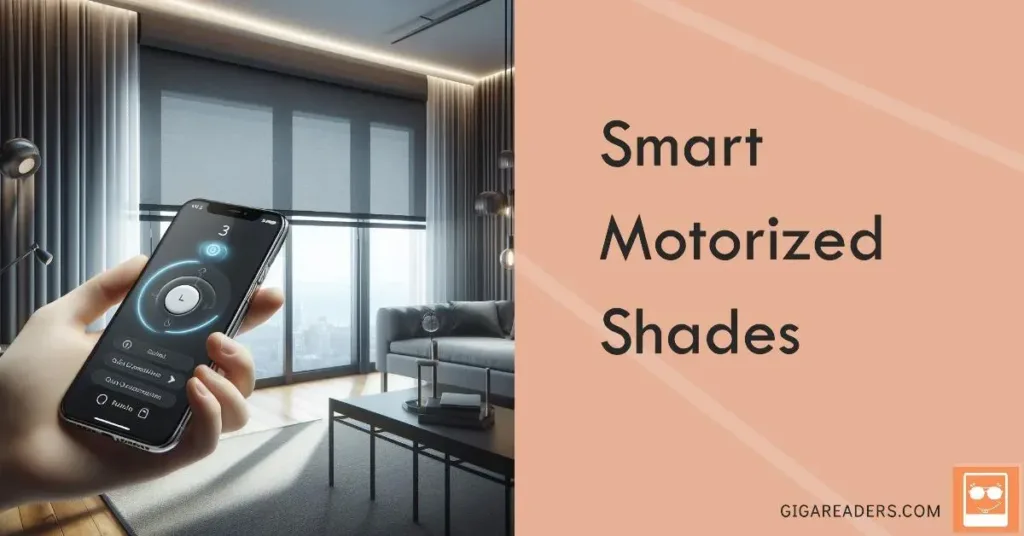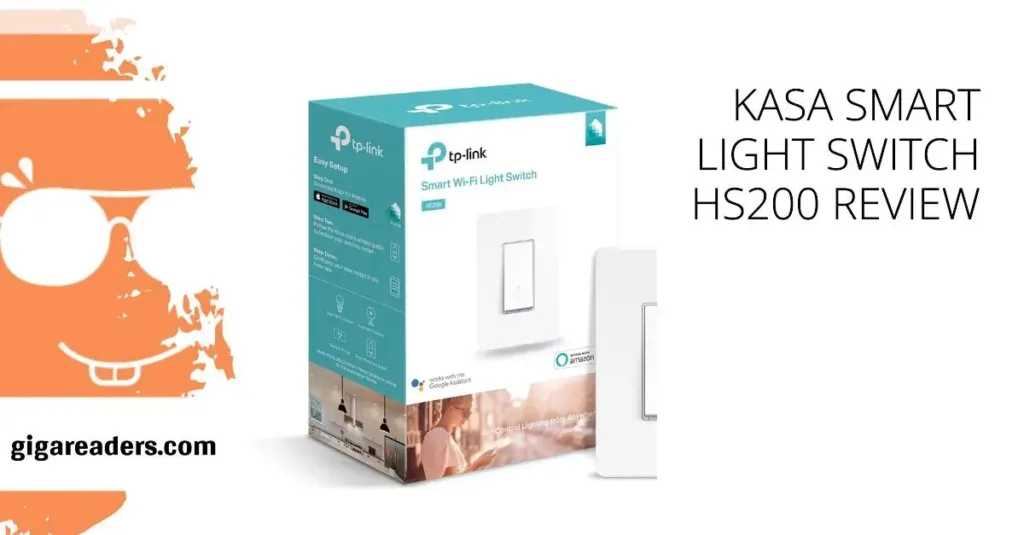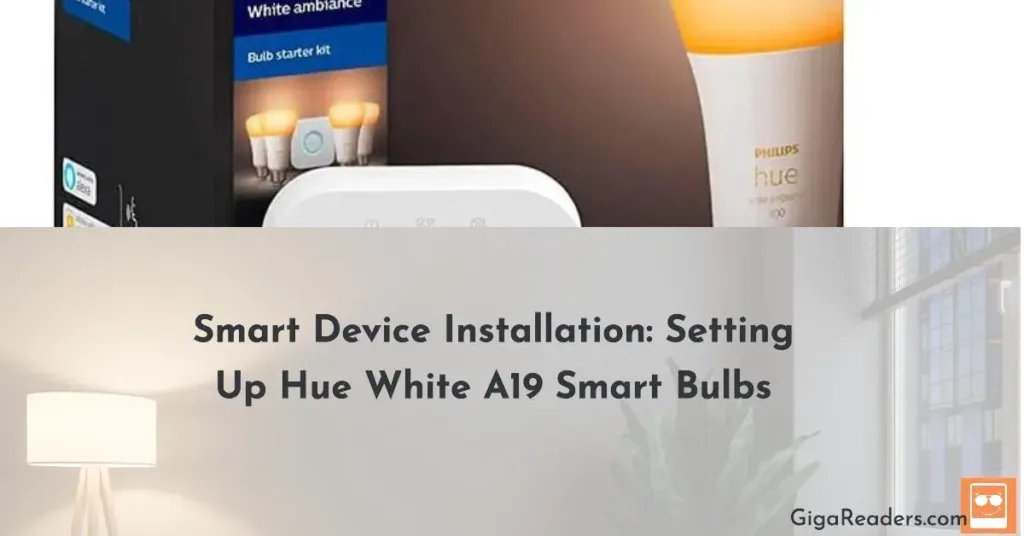Smart lighting refers to cutting-edge illumination solutions that offer enhanced energy efficiency, convenience, and customization compared to conventional lighting systems. These systems utilize advanced technologies such as wireless communication protocols, sensor systems, and microprocessors to enable seamless integration with other smart devices and automated controls.

Table Of Contents
- Essential Components of Smart Lighting Systems
- Advantages of Smart Lighting Systems
- Features & Functionality of Smart Lighting Systems
- Integrating Smart Lighting Systems into Smart Homes
- Promoting Energy Efficiency and Sustainability Through Smart Lighting
- Addressing Challenges and Considerations
- Emerging Trends and Technologies Shaping the Future of Smart Lighting
- Success Stories
- Top Five Recommended Smart Lighting Products on Amazon
- Conclusion
- Frequently Asked Questions
Essential Components of Smart Lighting Systems
A typical smart lighting system comprises several core elements:
- Smart Bulbs: Intelligent light sources equipped with integrated electronics for controlling brightness, color temperature, and hue.
- Switches: Wireless or wired wall switches capable of communicating with bulbs and other system components.
- Sensors: Devices that detect ambient conditions like occupancy, movement, or natural light intensity.
- Controllers: Microprocessor-based units managing communications between components and enabling centralized control via apps or web interfaces.
- Hubs: Central networking nodes connecting multiple devices within a single system.
These components collaborate to deliver efficient, personalized, and convenient lighting experiences tailored to individual preferences and needs.
Advantages of Smart Lighting Systems
Implementing smart lighting offers numerous advantages:
- Energy Savings: Advanced control options reduce unnecessary usage, contributing to substantial reductions in electricity bills.
- Customizability: Users enjoy greater flexibility in setting moods, scenes, and timers according to daily routines and activities.
- Comfort Enhancement: Adaptive lighting adjustments support circadian rhythms, improve visual acuity, and mitigate eye strain.
- Increased Safety & Security: Automated schedules deter burglars while well-lit paths ensure safe navigation during nighttime hours.
Features & Functionality of Smart Lighting Systems
Modern smart lighting systems boast impressive feature sets and functionalities:
- Remote Access: Managing lights remotely via dedicated mobile apps or web portals.
- Scheduling: Preconfigured and dynamic schedules catering to diverse lifestyles and habits.
- Dimming Controls: Gradual brightness adjustments offering fine-grained luminosity regulation.
- Color Changing Capabilities: Tunable white and multicolor options add aesthetic value and atmosphere creation.
- Scene Modes: Customizable presets combining multiple parameters for effortlessly changing settings based on context.
- Integration with Additional Devices: Connectivity with third-party gadgets expands automation possibilities beyond simple lighting scenarios.
Integrating Smart Lighting Systems into Smart Homes
Interoperability plays a crucial role in expanding smart lighting’s utility:
- Voice Assistants: Popular virtual helpers like Amazon Alexa, Google Assistant, and Siri facilitate hands-free operation through compatible devices.
- Home Automation Platforms: Seamless compatibility enables unified control across disparate systems utilizing popular platforms such as Samsung SmartThings, Apple HomeKit, and IFTTT.
- Internet of Things (IoT): Direct connections allow direct device pairing with Wi-Fi enabled appliances, thermostats, cameras, doorbells, etc.
Such integrations create cohesive ecosystems delivering improved user experiences and increased opportunities for sophisticated automation schemes.
Promoting Energy Efficiency and Sustainability Through Smart Lighting
Smart lighting significantly reduces energy waste:
- Occupancy Detection: Motion sensors trigger illumination only upon sensing presence, minimizing standby power draw.
- Daylight Harvesting: Ambient light sensors regulate artificial light output based on available sunlight, optimizing overall luminous flux distribution.
- Energy Monitoring: Detailed consumption tracking facilitates informed decision-making regarding optimal operating times, modes, and configurations.
Addressing Challenges and Considerations
Despite clear benefits, certain obstacles may arise:
- Complex Setups: Initial installation might prove challenging due to intricate configuration processes and network requirements.
- Interoperability Issues: Device compatibility remains an ongoing concern, necessitating careful product selection and planning.
- Cybersecurity Risks: Networked devices introduce new vulnerabilities requiring robust security measures.
- Dependence on Connectivity: Continuous internet access becomes critical for maintaining full functionality.
To overcome these hurdles, users should consider professional assistance, invest time in thorough research, employ strong password practices, and secure reliable broadband services.
Emerging Trends and Technologies Shaping the Future of Smart Lighting
The following advancements drive innovation in smart lighting:
- Improved LED Performance: Ongoing improvements in efficacy, lifetime, and chromaticity push boundaries further.
- Li-Fi (Light Fidelity): High-speed data transmission via visible light promises a novel approach to wireless communications.
- Li-Fi Mesh Networks: Decentralized architectures expand coverage areas and increase resilience against interference.
- Powerline Communication (PLC): Leveraging existing electrical infrastructure simplifies installations and lowers costs.
- Adaptive Lighting Systems: Context-aware algorithms dynamically respond to varying environmental factors, maximizing user satisfaction while conserving resources.
Success Stories Featuring Real-World Implementations of Smart Lighting Solutions
Numerous organizations have successfully adopted smart lighting technologies:
- Residential Households: Individual dwellings benefit from reduced energy expenses, heightened convenience, and enhanced aesthetics.
- Commercial Offices: Businesses capitalize on employee productivity gains, space optimization, and green branding initiatives.
- Retail Establishments: Stores leverage atmospheric manipulation, targeted promotions, and inventory management tools.
- Outdoor Spaces: Municipalities bolster public safety, promote eco-consciousness, and cut maintenance expenditure.
Top Five Recommended Smart Lighting Products on Amazon
| Product Name | Philips Hue White and Color Ambiance Kit | LIFX A19 Multi-Color HD Smart LED Light Bulb | Sylvania Smart+ Plus Soft White A19 Full Color… | Wyze Bulb Filament LED | Kasa Smart KL130 |
|---|---|---|---|---|---|
| Price | $179.99 | $49.98 | $29.97 | $22 | $44 |
| Integration | Excellent | Good | Fair | Limited | Good |
| Control Options | App, Voice, Switch, Hub | App, Voice, Switch | App, Voice, Switch | App, Voice | App, Voice |
| Installation and Setup | Moderate | Easy | Easy | Easy | Easy |
| Features and Function | Many | Several | Some | Basic | Few |
| Energy Efficiency | Yes | Yes | Yes | Yes | Yes |
| Reliability and Stability | High | High | Medium | High | High |
| Warranty and Support | Two years | Two years | One year | Three months | One year |
Conclusion
Undoubtedly, smart lighting represents a significant leap forward in modern illumination technology, providing notable improvements in energy efficiency, usability, and design versatility. Embracing these innovations yields tangible rewards for individuals and businesses alike, fostering sustainable growth while simultaneously elevating quality of life. However, responsible implementation demands diligent consideration of pertinent challenges and judicious resource allocation. With prudent planning and open-minded exploration, we can unlock the true potential of smart lighting systems.
Frequently Asked Questions
- What makes smart lighting better than regular lighting?
Smaller lighting consumes less energy, allows for remote control, and provides greater customization options compared to standard alternatives. - Can smart lighting integrate with my current smart home setup?
Most manufacturers prioritize compatibility with popular smart home platforms; therefore, integration is often straightforward. - Do all smart bulbs require a separate hub for operation?
Not necessarily – some models communicate directly via Wi-Fi or Bluetooth, negating the necessity for additional hardware purchases. - How much do smart light bulbs typically cost?
Prices vary depending on features and performance metrics, ranging from budget-friendly options around $15 to premium kits priced near $200. - Are there any health benefits associated with smart lighting?
Yes! Circadian rhythm synchronization, decreased glare, and diminished blue light emissions contribute positively to overall wellbeing.


